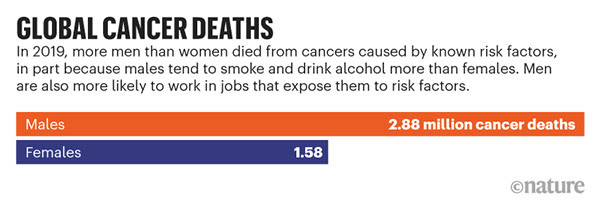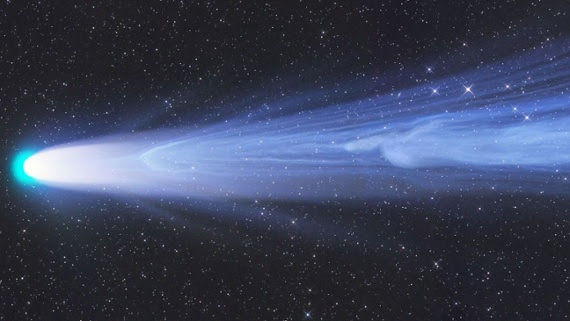3.102 AMICOR (25)
#Stokholm julho/1985 (no hall do hotel)
Re-encontrei um risque-rabisque, toalha da mesa de um bar numa calçada de Estocolmo, em que Valderês e eu estivemos em 10/07/1985. Estávamos sentados um frente ao outro, dá para ver que o lado dela era o do topo, e o meu o inferior. Foi a última etapa de uma longa viagem. Eu vinha de um
Seminário de 10 dias de Epidemiologia e Prevenção de Doenças Cardiovasculares organizado pelo
Professor Jeremya Stamler+ e sua esposa
Rose+, em
Black-Rock, próximo a Dublin, passei por Londres e a encontrei em
Copenhagen. Seguimos para
Moscow para participar do
1a. Conferência Mundial sobre Cardiologia Preventiva. De lá fomos a
Kiev, Leningrado. Helsinki (onde colheu aquelas flores silvestres que apresentei no
AMICOR 3.097), depois
Turku e de navio em direção a
Estocolmo, para voltar para casa.
Estávamos comemorando
28 anos de casados, representei com coraçõezinhos nossos três filhos (1959-61-67). Ela fez um desenho mais elaborado, com uma casinha, com janelas até no sótão, uma árvore, um jardim florido, e uma estradinha em perspectiva até a porta. Também datou e assinou.
A toalha de papel cobria toda a mesa, com pincéis atômicos coloridos a disposição, que tentavam a rabiscar. Guardei por 37 anos, pena que desbotou um pouco. Mas também nesse tempo, desbotei, enruguei, etecetera e tal, e ela virou cinza...
#Live Science
|
(Gerald Rhemann, Royal Museums Greenwich, Astronomy Photographer of the Year 2022) |
An ethereal image of Comet Leonard traveling against the solar wind has taken the top prize in the Royal Observatory Greenwich’s Astronomy Photographer of the Year contest.
Austrian photographer Gerald Rhemann caught the view of the comet and its sweeping tail on Christmas Day, 2021 from Namibia. Rhemann’s image reveals a ghostly veil of gas from the comet being caught and swept away by solar wind.
Full Story: Live Science (9/16) #Nautilus
A rash of recent articles illustrates a longstanding confusion over the famous term.
BY SABINE HOSSENFELDER September 11, 2022
Did the Big Bang happen? Has the James Webb Space Telescope found evidence against the Big Bang? If astrophysicists are sure the Big Bang happened, why do they also think the universe was born from a quantum fluctuation? And what does this have to do with dark matter?/.../#Nature Briefing
|
|
 |
| Almost half of cancer deaths worldwide are preventable. A study of 4.5 million deaths across 200 countries — the largest of its kind — showed that avoidable risk factors, such as smoking, alcohol consumption and obesity, caused 44% of cancer deaths. (Nature | 3 min read) |
 | | Researchers use deep neural networks to invent proteins that are shaped unlike anything in nature — such as these ring proteins, illustrated in a computer render. (Ian C Haydon/UW Institute for Protein Design) | | Huge advances in artificial intelligence (AI) mean that researchers can design completely original proteins in seconds instead of months. “The methods are already really powerful. They’re going to get more powerful,” says biochemist David Baker, who led the team that developed the process. “The question is what problems are you going to solve with them.” One application could be speeding up the creation of treatments made from these novel proteins. The first such medicine, a COVID-19 vaccine, was authorized in South Korea in June — but it took years to perfect./.../ |
|
|
#JAMA
#Nature
Reference lists for more than 60 million journal studies in Crossref are now free to view and reuse.
Dalmeet Singh Chawla 
Most articles in scientific journals are indexed by Crossref.Credit: Getty
The more than 60 million scientific-journal papers indexed by Crossref — the database that registers DOIs, or digital object identifiers, for many of the world’s academic publications —
now contain reference lists that are free to access and reuse.
The milestone, announced on Twitter on 18 August, is the result of an effort by the Initiative
for Open Citations (I4OC), launched in 2017. Open-science advocates have for years
campaigned to make papers’ citation data accessible under liberal copyright licences so that
they can be studied, and those analyses shared. Free access to citations enables researchers to identify research trends, lets them conduct studies on which areas of research need funding,
and helps them to spot when scientists are manipulating citation counts.
#
|
Record-Breaking Robot Highlights How Animals Excel at JumpingBy YASEMIN SAPLAKOGLU Robots can surpass the limitations on how high and far animals can jump, but their success only underscores nature’s ingenuity in making the most of what’s available.
Read the article |
|
|
|
 | How AI Transformers Seem to Mimic Parts of the BrainBy STEPHEN ORNES Neural networks originally designed for language processing turn out to be great models of how our brains understand places.
Read the blog
Related:
Will Transformers Take Over
Artificial Intelligence?
By Stephen Ornes |
 | Graduate Student’s Side Project Proves Prime Number ConjecturePodcast hosted by SUSAN VALOT;
Story by JORDANA CEPELEWICZ A graduate student recently proved Paul Erdős’ conjecture about what makes the prime numbers special and sets them apart from other primitive sets.
Listen to the podcast
Read the article |
|
It Doesn't Get Any Cooler Than This
Physicists cooled a cloud of atoms to produce the coldest fermions in the universe, reports Laura Baisas for Popular Science. They did so by exploiting the symmetries of a system called the Hubbard model, which they simulated with the atoms. The model is of interest to physicists for more than just cooling fermions — it’s essential to understanding how electrons move in materials. In August, Charlie Wood wrote for Quanta about a pair of physicists whose work on 2D materials included the Hubbard model.
Stool's Gold
By sequencing the DNA of ancient whipworms found in fossilized Viking excrement, scientists have dated our relationship to the parasites back 55,000 years, reports Jacinta Bowler for Cosmos Magazine. When two organisms coexist for so long, it makes sense to consider how they might also have coevolved. In 2018 Jonathan Lambert wrote for Quanta about a more holistic view of evolution that considers the “hologenome” of animals, which includes the genes of the microbes and parasites that they host. |
|
|















No comments:
Post a Comment